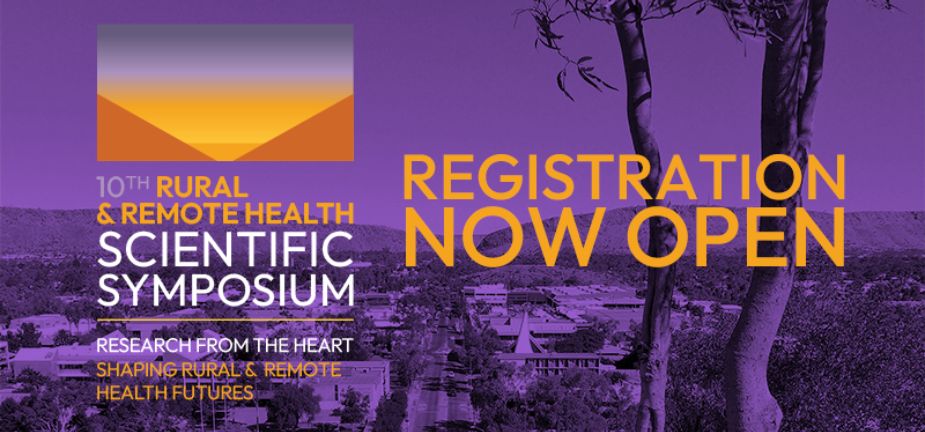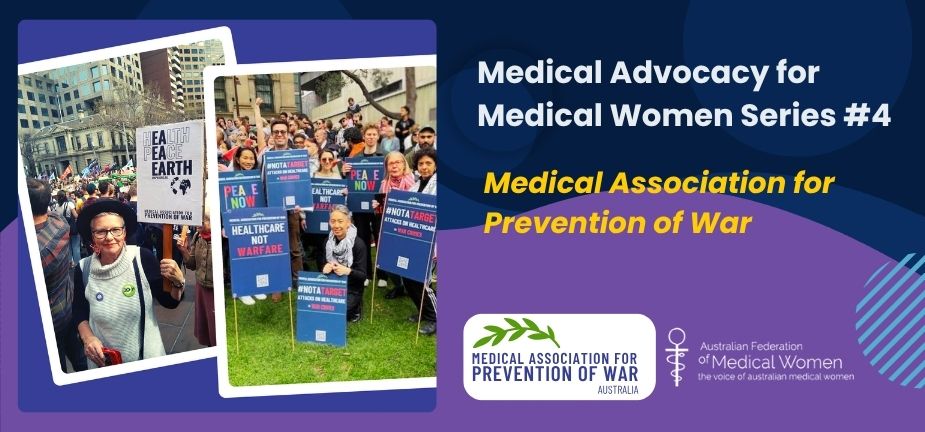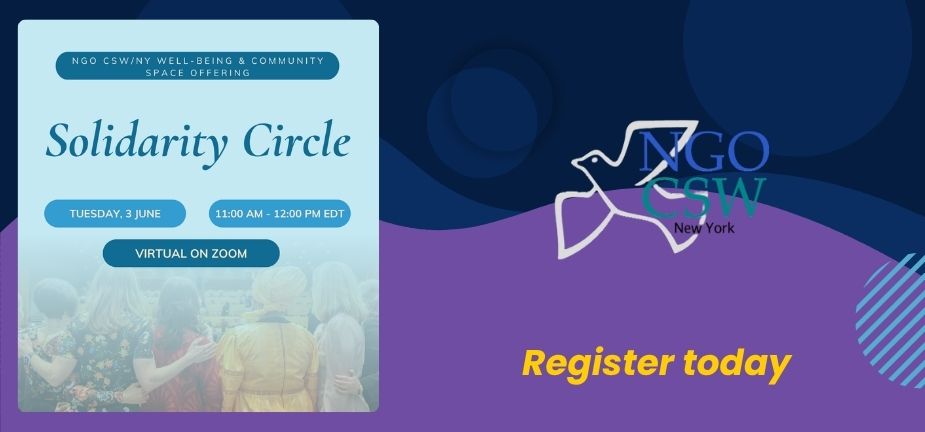Three parallels may be drawn between the features of the incus, the second ossicle, the only bone in the middle ear to lack muscular attachment, and great medical leaders. The first is the detection of sound. The modern medical leader takes on the challenge of improving the wellbeing of individuals and communities. This requires, above all else, the ability to listen and to seek to understand the needs of others.
Resources must then be mobilised to address these needs, bringing us to a second parallel; the conversion of acoustic energy to kinetic energy. The ossicles are responsible for the transformation of acoustic waves into the mechanical vibrations of the oval window, and then to propagated motion of the basilar membrane. However, they are not just a passive medium through which sound is converted to movement. The ossicular chain increase the efficiency of the passage of sound waves to the fluid-filled cochlear, and amplifies pressure exerted on the oval window. In the same way, the medical leader inspires into action many others, creating a team of likeminded individuals able to exert greater influence than an individual in isolation.
In a final comparison, the members of an efficient team are interdependent, draw on each others strengths and minimise each other’s weaknesses. As the second bone in the ossicular chain, the incus, also referred to in lay texts as the anvil, is ineffective if acting in isolation; the actions of all three ossicles are interdependent.
The term anvil is derived from the Anglo-saxon onfilti, that on which something is folded. As a manufacturing tool dating back to the Paleolithic Stone Age, its form was perfected in the Middle ages. It is still used by blacksmiths to forge iron and steel for custom work. The primary face is tempered to resist blows of the smiths hammer, and the horn, hardy hole and pritchel holes are used to shape the substrate. Cheap anvils, unsuitable for serious use, are made from inferior quality steel or cast iron. By contrast, top quality anvils are made of cast or forged steel, heat treated for optimum hardness and toughness. The anvil is essential to the creative process, but does not form part of the final product.
Just as the anvil’s form is used to shape iron and steel, the medical leader must be a visionary. They influence the direction in which others channel their efforts. Therefore, effective leadership is founded an ability to prioritise the health needs of others, develop innovative approaches to address these, and inspire others. Many objects can be formed from the one anvil, using a range of media. Likewise, the medical leader motivates people with a range of skills, resulting in a collective effort of a team with complementary skills, and more effective action than the efforts of an individual.
There are many hurdles to be overcome by those working to improve the health of those who need it most; the poor, weak, outnumbered and overlooked members of society. The inferior anvil will be deformed under intense pressure, and produce an object of poor quality. However, great leaders are not phased by such resistance. They do not compromise their integrity, but anticipate and work to overcome these challenges, just as the top quality anvil’s heat treated face is prepared for the hardest hammer.
The medical leader, then, is a visionary, able to seek out and prioritise pertinent global health issues facing individuals and communities. By word and deed they inspire and empower a team to achieve that vision. Ultimately, the medical leader works to serve others. The anvil does not form of a manufactured item.
The twenty-first century offers no shortage of opportunities for the budding medical leader. With issues facing humanity such as the containment of the HIV epidemic in Africa to the feeding of the homeless, and from the creation of a vaccine for malaria, to development of stem cell therapy, the need for strong medical is as great as ever.
Have the courage to listen to those most in need. Dare to lead. Be a servant leader.









